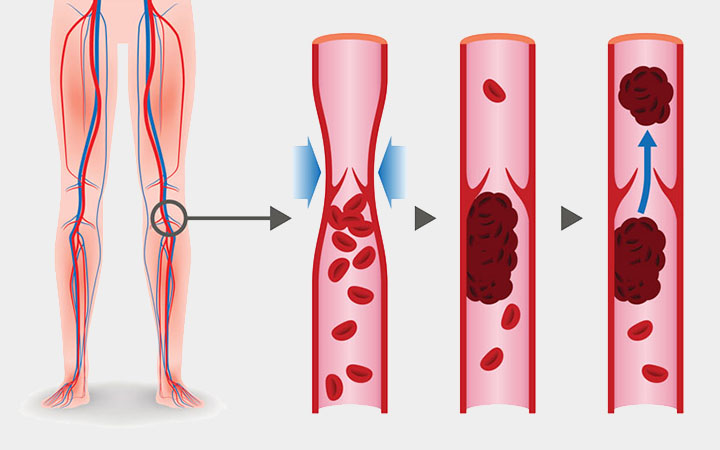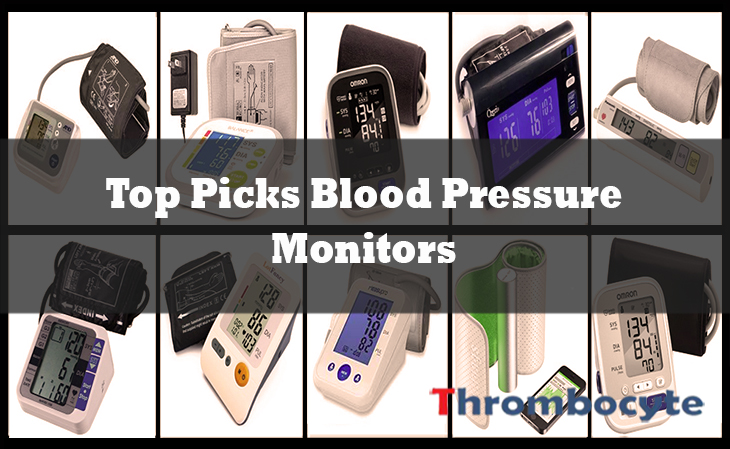Most people know and agree that the veins are one of the most important parts of the body. When there are problems with the veins, your quality of life can significantly decrease. This can happen especially with chronic issues, such as chronic venous insufficiency. This condition happens when the walls of the vein, often called the venous wall, do not work as efficiently. This results in issues with the blood circulating and returning to the heart. Instead, when you have chronic venous insufficiency, the blood will pool in the damaged veins, which is something that can cause a lot of problems. Thankfully, there are ways that you can reduce the severity of these symptoms. For example, you can alter your diet.
Food & Nutrition Diet (Meal Plan) for Chronic Venous Insufficiency
#1 Recommended Breakfast Diet for Chronic Venous Insufficiency

The main thing that you are going to want to focus on is fiber. Fiber is going to play a pivotal role in managing the symptoms of chronic venous insufficiency. For breakfast foods that have a high fiber count, you are going to want to look at breads and oats. This could be breakfast muffins, toast, oatmeal, and even bran flakes. If you are in the mood to add a little bit more flavor to your breakfast, raspberries and strawberries both have high amounts of fiber in them. They will also add a good bit of flavor to an otherwise-bland breakfast.
#2 Recommended Lunch Diet for Chronic Venous Insufficiency

After breakfast, you might want to look at a lunch that has a little more substance to it. For the main bulk of the meal, you might want to turn to vegetables. Baked potatoes can not only be cooked in a variety of ways but they also provide a considerable source of fiber. The same applies to cauliflower, which can be cooked up in a number of different manners as well. Spaghetti is also an option if you want to look at other lunch dishes, although you will want to make sure that the spaghetti you pick out is whole wheat. For a bit more substance to the diet, you could consider adding beans to your meal if you are feeling up to that.
#3 Recommended Dinner Diet for Chronic Venous Insufficiency
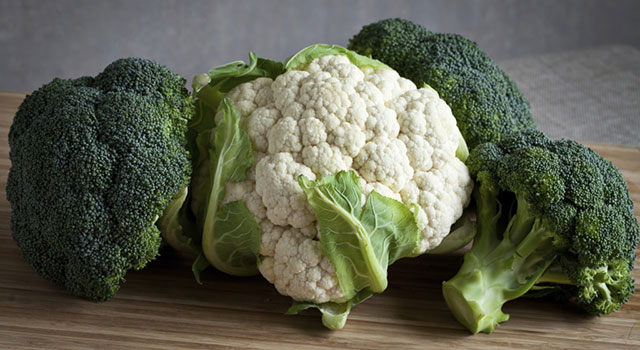
For dinner, you could probably find some meat to be the main course of your meal. Because you are going to want to focus on increasing the amount of fiber in your diet, it doesn’t always matter what type of meat you choose. Instead, you will want to focus on what you add to the dish. For vegetables, you will want to look at broccoli, green peas, turnip greens, brussels sprouts, sweet corn, and carrots. Everything except the carrots should be boiled. Boiling vegetables cooks them while still retaining as much fiber as possible. If you want to add some fruits to your diet, you will want to look at pears, bananas, oranges, and apples. If you want to add some apples to your dinner, you should make sure that they still have the skin. If you want to know specifically which beans are best for dinners, then boiled black beans, boiled lentils, and canned baked beans are all excellent solutions.
#4 Recommended Snacks Diet for Chronic Venous Insufficiency

After these meals, you might be wondering what other fiber-rich foods there are for snacks. If you want to eat a snack, you will want to look at almonds, pistachios, and sunflower kernels. Popcorn is also an excellent snack. These snacks can all be lightly salted or even roasted to give them some flavor. After all, most people love being able to eat a flavorful snack in between meals. What’s good about these snacks is that they are also healthy, which is something that every person can benefit from.
#5 Recommended Drinks for Chronic Venous Insufficiency
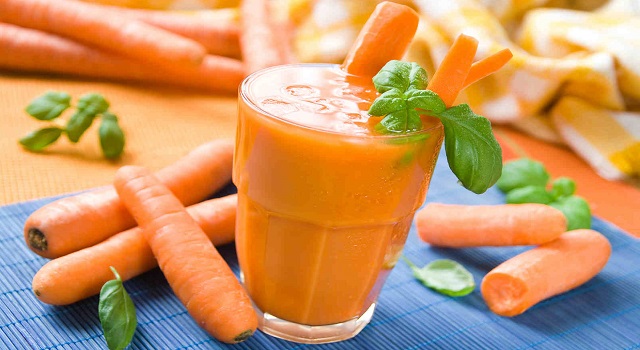
When you are looking at drinks, you are going to want to find a balance between taste and fiber. A drink that has a very high amount of fiber is not going to taste very good. Generally, you will want to look for juices that are made with the same fruits and vegetables that have high fiber counts. This includes raspberries, pears, apples, bananas, oranges, strawberries, sweet corn, and carrots. It might be difficult to find a drink that has fiber in it but juices with those ingredients are going to be your best bet.
#6 Recommended Herbs for Chronic Venous Insufficiency

Aside from fiber, there are a few herbs that have been shown to help with the symptoms of chronic venous insufficiency. Horse chestnut seed extract, while not entirely an herb, is an extract that has been traditionally used for swelling and inflammation. These two things can be brought on by chronic venous insufficiency. Pycnogenol is an extract of a French pine bark and it can reduce the chances of clots in your legs during long flights. Nattokinase is an enzyme extracted from natto, which is a traditional Japanese food. Gotu Kola is a tropical plant which is often used in traditional Southeast Asian medicines. Butcher’s Broom extract can also help with varicose veins, which are something that can happen when you have chronic venous insufficiency. These are just a few of the herbs and extracts that you will want to look at.
#7 Recommended Fruits for Chronic Venous Insufficiency
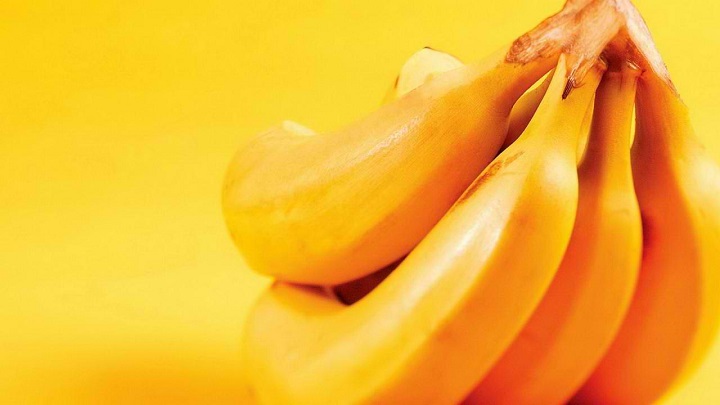
There are several fruits that have been shown to help with chronic venous insufficiency, all because of their high fiber levels. Raspberries, pears, apples with the skin, bananas, oranges, and strawberries are all fruits that you are going to want to pay close attention to as they can offer a lot more than just fiber. Most of these fruits have valuable nutrients that everybody and every body needs. Surprisingly, a cup of raspberries contains more fiber than a medium-sized pear.
#8 Recommended Vitamin/s for Chronic Venous Insufficiency

There are two vitamins that you are going to want to pay attention to when you are trying to treat chronic venous insufficiency. Vitamin E is a vitamin that interacts with blood clots, which is a common complication that anyone who has chronic venous insufficiency needs to be aware of. By having more Vitamin E in your diet, you can decrease the risk of blood clots. Vitamin C is also something that you will want to look at. Out of the many things that Vitamin C can do, one of the most important things is that it can play a necessary role in the synthesis of collagen. Collagen is a structural protein in blood vessels, which you will want to focus on strengthening when you have chronic venous insufficiency.
#9 Recommended Mineral/s for Chronic Venous Insufficiency

There aren’t as many minerals that you will want to look at for chronic venous insufficiency. Generally, making sure that you are getting all the minerals that your body needs is a great way to ensure that your body can focus more on healing from chronic venous insufficiency rather than making up for mineral deficiencies.
#10 Discouraged Foods for Chronic Venous Insufficiency

Rather than specific foods being discouraged, what you should focus on doing is making sure that you are eating a well-balanced diet. By ensuring that your body is getting all the nutrients it needs, your body will have more energy to focus on healing from chronic venous insufficiency rather than trying to compensate for deficiencies in any area. What you should avoid is the same thing that you should avoid with any other type of diet. Focusing on unhealthy foods and foods that are full of empty calories is something that you should never do. This is especially the case for chronic venous insufficiency as obesity can worsen the condition. Cut down on salty or sodium-rich foods to minimize body water retention.
- READ MORE

